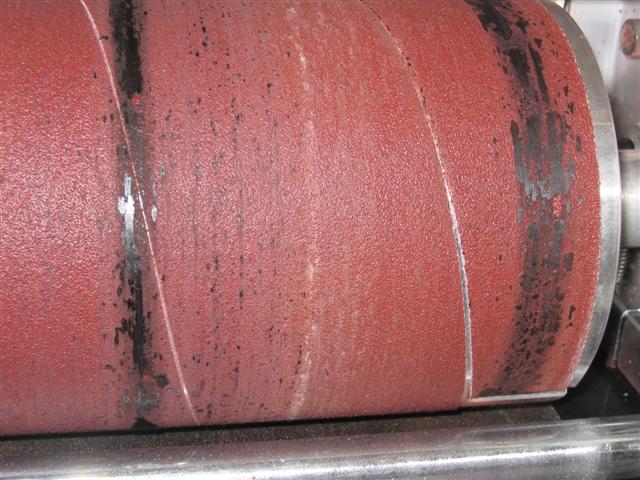Several weeks ago I bought my first thickness sander. The Performax 10-20. I like everything about it except for a little problem I'm having when sanding rosewood. The sandpaper clogs like crazy. I would imagine this is a problem with any thickness sander. I'm wondering if there is any way to soak the sanding strips in something to clean them?
They are not at all worn out. Just a few passes through the sander with some rosewood and a brand new sanding strip is shot.


